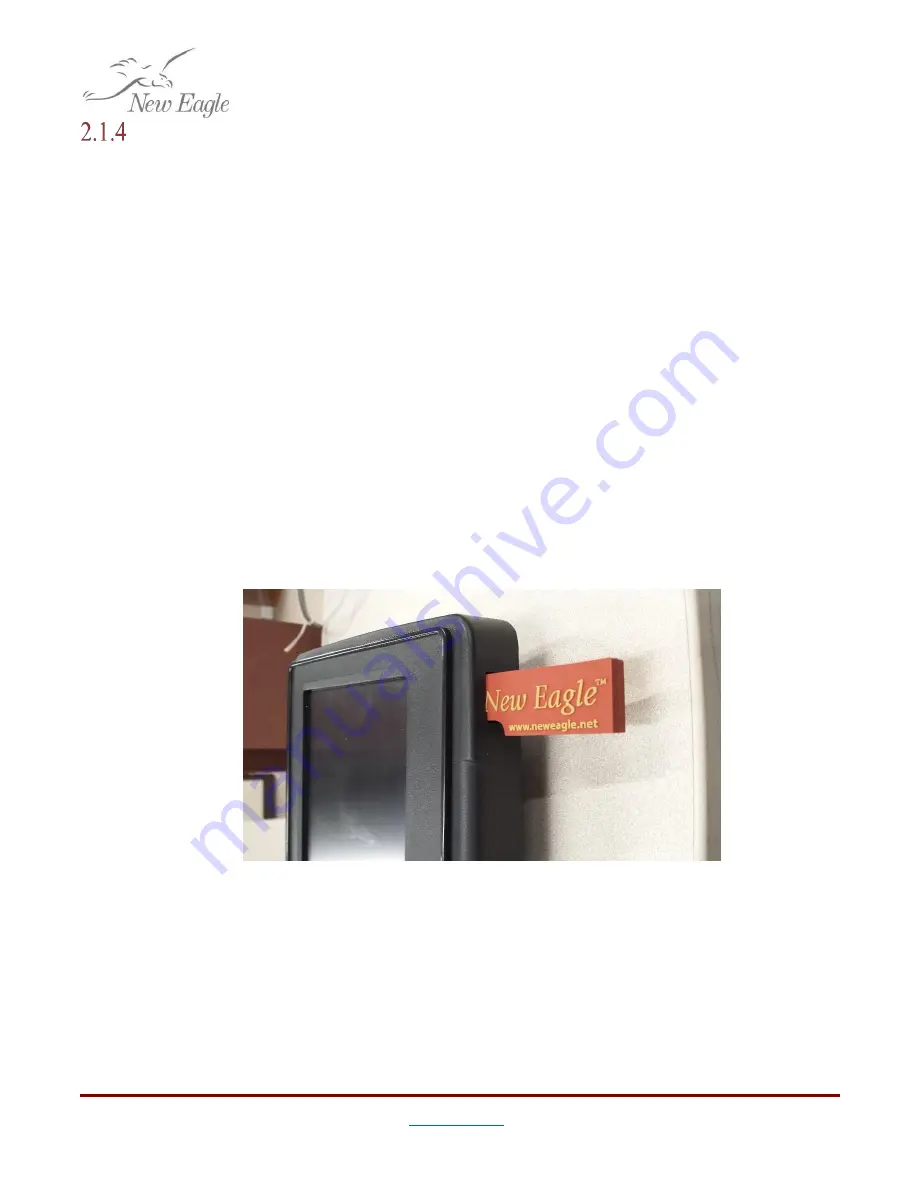
9
Programming the Display
By default, Raptor™ builds are output to the
\\ECU\
directory. After a successful build the
output should typically look like,
\\ECU\
|...
|-<
Project Name
>\
|...|...
|-<
Build Number
>\
|...|...|...
|- README_HOW_TO_INSTALL.txt
|...|...|...
|- <
Project Name
>_<
Build Number
>.zip
<--
Device Binary
|...|...|...
|- Simulator\
|...|...|...|...
|-
VeeCAN_Simulator.exe
<--
VeeCAN Simulator
The contents of the build directory will vary depending on what options were selected in the
target definition block. For instance, a device binary will only be generated if a compiler was selected for
one. For more details see section 2.1.3.
Programming from a USB drive
Programming the display requires a USB flash drive. To begin reprogramming, unzip the
contents of the device binary into top level of the flash drive. (ie. so the file system on the flash drive
mirrors what is inside of the .zip file) With the display turned on, insert the flash drive into either USB
port. After a few seconds the device should detect a new program on the USB drive and begin
reprogramming. Follow the instructions on the screen to complete the process.
Figure 2.1.4.a – USB Drive Inserted in Front of a Raptor™ Display
Raptor-Cal
Raptor-Cal allows the user to program the display from a Raptor™ Package file (
.rpg)
, as well
as connect over XCP to probe adjustment and measurement values. For more information on Raptor-Cal
go to www.neweagle.net.
































